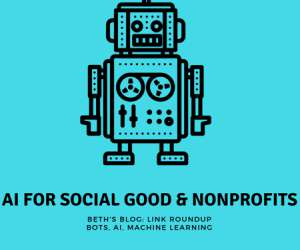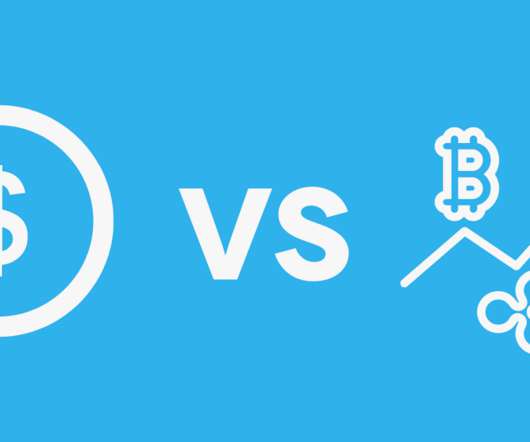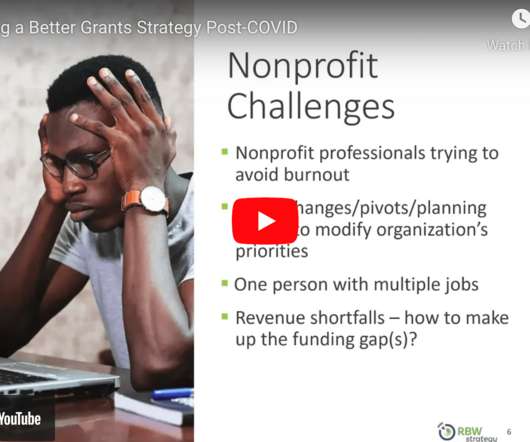Connecting the dots: Fighting for equity through a data partnership
Candid
APRIL 11, 2024
They sought diverse perspectives in focus groups and made structural changes to address outdated language, power dynamics, and privacy concerns. Intersectional demographic data, vital to feminist philanthropy WFN is a deeply intersectional movement of funders fighting for policies and standards across lines of race, class, and gender.





























Let's personalize your content